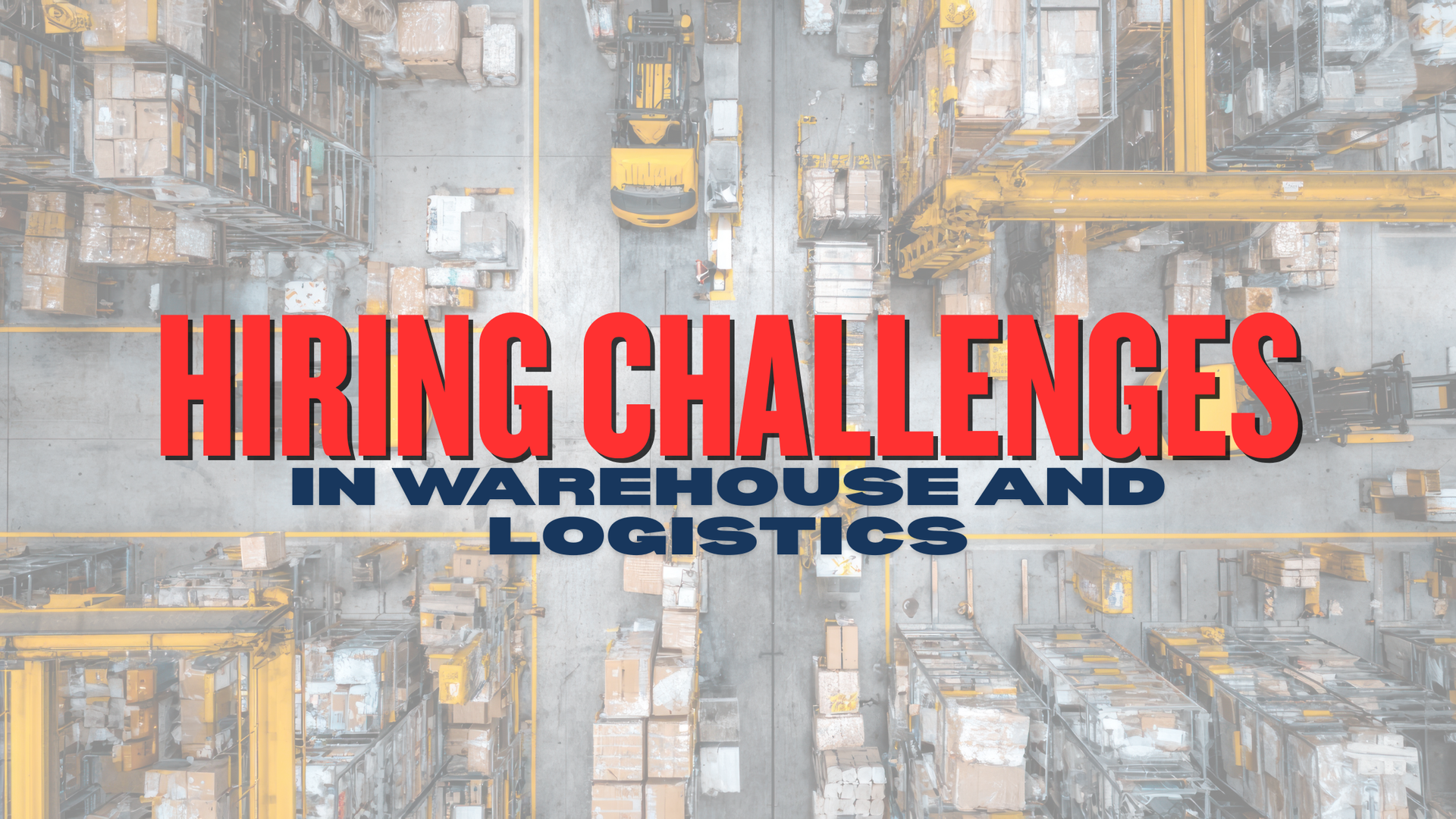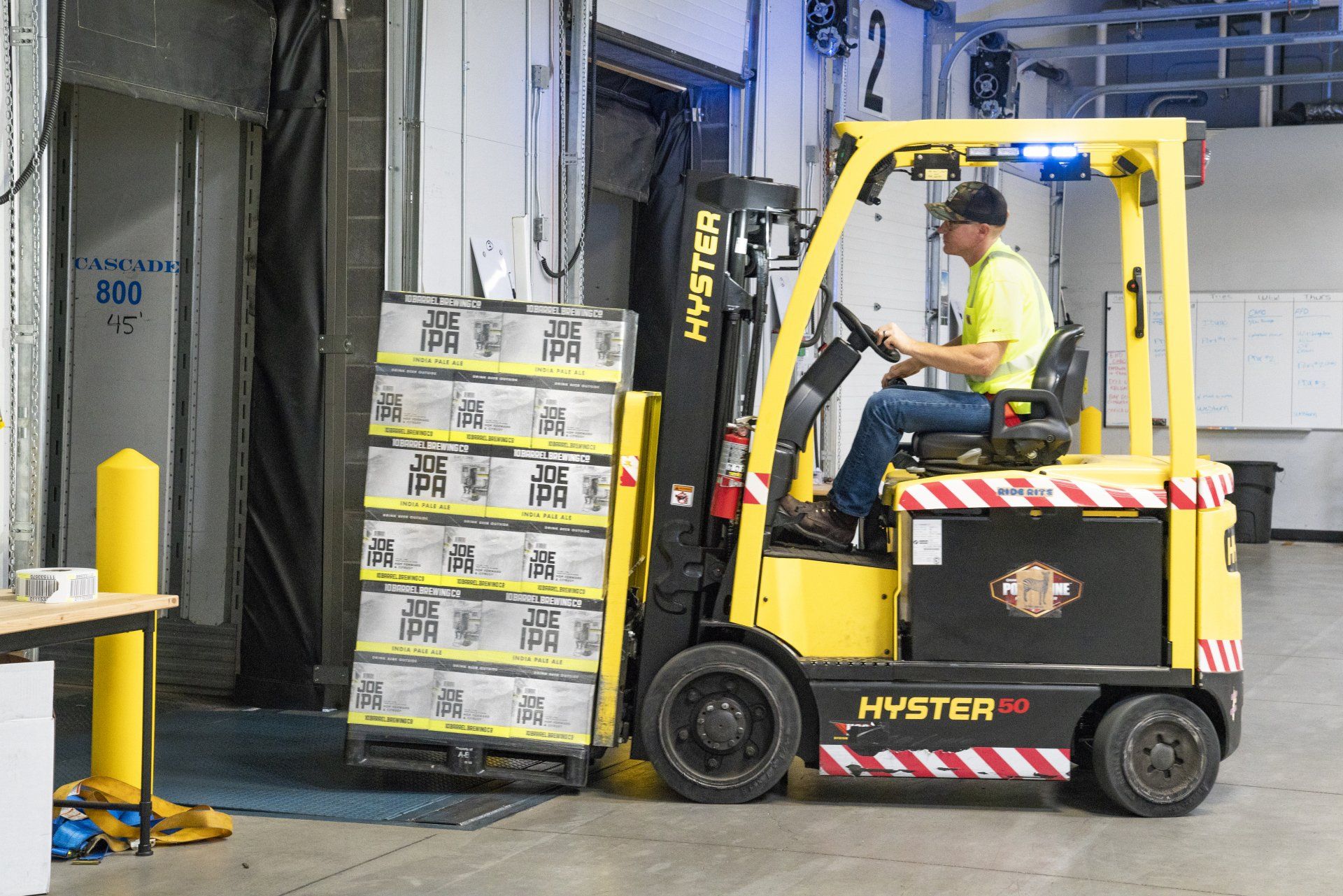What You Need To Know Before Getting Your Forklift Licence
How to Avoid Injury and Death When Operating a Forklift
The forklift is a common piece of equipment used within the logistics and transportation industries. Their purpose is to carry heavy objects over distances to lower injuries and boost productivity in the workplace. Since their invention in 1906, they have proven to be an important piece of machinery with a variety of types used to this day.

Being able to operate a forklift is a great skill to have when looking for work in Australia. It is an in-demand job and worksites are sourcing forklift drivers with the right licence, skills and experience. For anyone who is already in the industry, obtaining a forklift licence is a great way of upskilling and a chance to gain more experience.
Although the forklift has proven to be useful, to operate one in Australia you must hold a high-risk licence. This is due to the forklift causing more deaths and injuries in a workplace than any other piece of equipment. Its mobility and weight means it is a hazard for any workers or pedestrians working with or around it. Due to this, there are several risk management procedures and requirements that need to take place before handling a forklift. These procedures include creating a risk management plan and enforcing it, but it all starts with obtaining the proper licencing.
LF and LO Licence

There are several different types of forklifts and you must hold a licence to operate all of them. Within Australia, a forklift licence is regarded as a "high risk" licence due to the danger of operating them. Within Australia, there are two types of licences that you can obtain, these are "LO" and "LF". Although there is only one letter separating them on paper, there are significant differences between the two.
An LF licence is the basic ticket that allows a person to operate any forklift truck excluding loading-shifting order pickers. An LO licence allows you to only operate the order picker also known as a turret truck or very narrow aisle truck (VNA). When looking for work, it is a bonus to have both licences as it gives you more opportunities.
Forklift Management Plans
To ensure you, your staff and anyone who comes into close proximity of the forklift is safe, a forklift management plan must be formulated. To do this, there are many steps and producers that need to be addressed. The first is knowing the risks. Every employee within a worksite, including managers, contractors and general workers, have a responsibility to identify risks and hazards in the workplace. This includes forklift hazards as well as all hazards on a worksite.

When forming a Forklift Management Plan, you must:
- Distinguish all of the hazards in the workplace that are associated with forklifts.
- Assess what risks the forklift could have on people’s health and safety, this includes workers and anyone within the vicinity of the forklift.
- Identify ways to control the risks that will have a positive impact on everyone's health and safety.
- When identifying the risks, you must consult your employees, contractors and OH&S officers or representatives to get their feedback and input of hazards.
- Once the forklift management plan is completed, all employees, managers and contractors must be briefed.
When Risks and Hazards cannot be Eliminated
Due to the wide range of risks that can occur when using a forklift, there is a chance that it is impossible to eliminate some of them completely. If this is the case, the OHS Regulations 2017 outlines that the risk must be reduced by utilising the following methods:
- Introducing systems to avoid or reduce the risk.
- Substituting hazardous equipment or the risk with something of lower risk.
- Isolate the risk from people completely.
- Using engineering controls.
If the risk is still apparent, the workplace must enforce administrative controls such as:
- Training
- Instruction and supervision
- Personal Protective Equipment (PPE)
Recall, Review, Repeat
Operating a forklift is a major risk, that is why there are many tickets and producers that the Australian Government has introduced to keep us safe at work. The forklift management plans should be reviewed regularly to ensure all workers are safe.
If you are looking to obtain your forklift licence, ensure that the worksite you are working at is following the laws of safely operating a forklift. This will protect you and anyone in close proximity.
I hope that you now have an understanding of what is involved in forklift safety, but if you would like to learn more about this topic, please visit the WorkSafe website.










